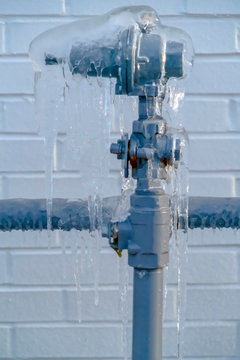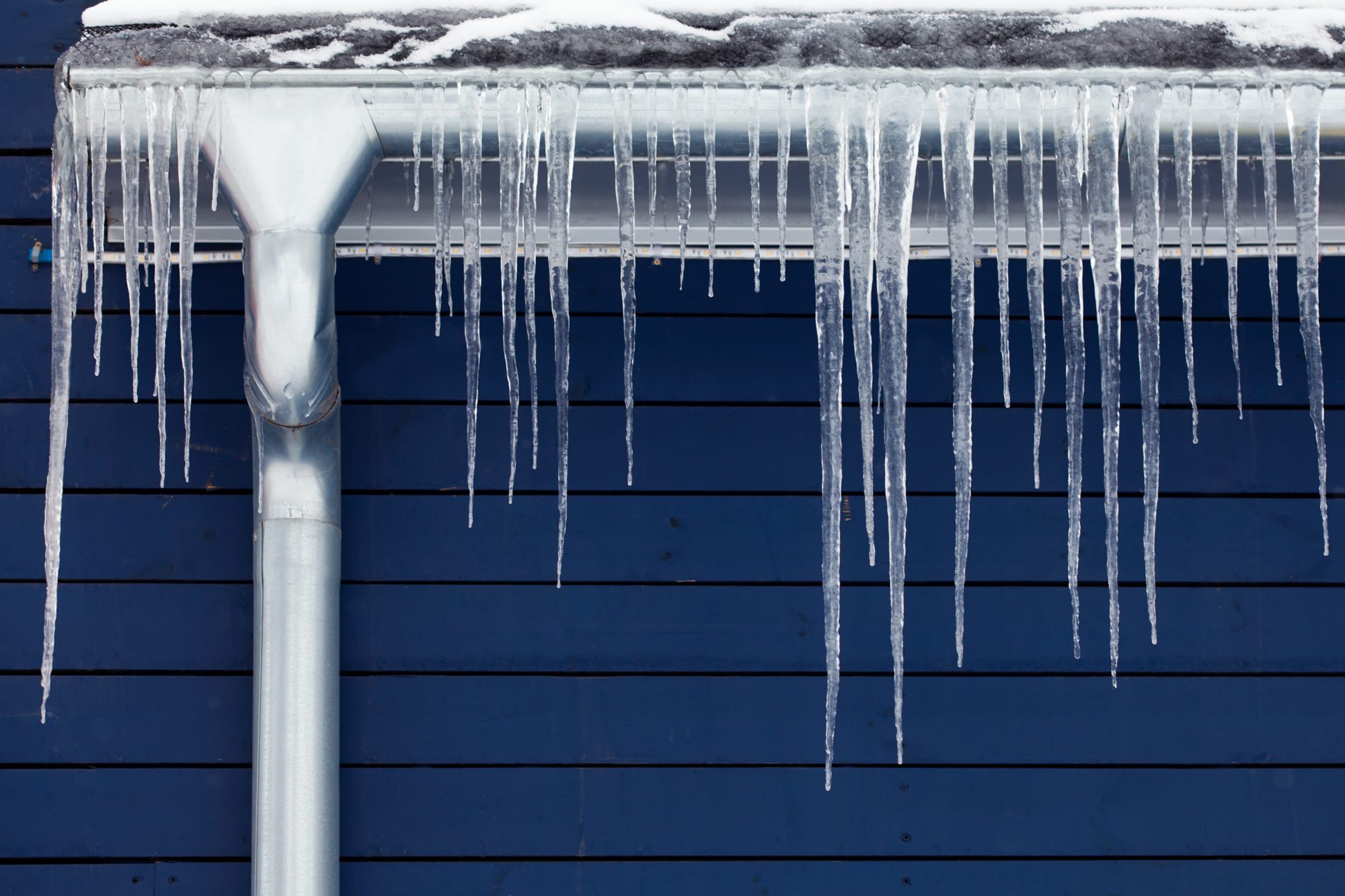Shielding Your Pipes from Cold Weather Damage: Essential Strategies
Shielding Your Pipes from Cold Weather Damage: Essential Strategies
Blog Article
Everybody is bound to have their unique piece of advice about Winter Plumbing Precautions: Preventing Frozen Pipes.

Cold weather can damage your pipes, particularly by freezing pipelines. Here's just how to avoid it from taking place and what to do if it does.
Intro
As temperatures decline, the risk of frozen pipes increases, potentially resulting in pricey repair services and water damage. Comprehending just how to stop icy pipes is important for house owners in chilly environments.
Avoidance Tips
Protecting susceptible pipelines
Wrap pipelines in insulation sleeves or make use of heat tape to protect them from freezing temperature levels. Focus on pipelines in unheated or external areas of the home.
Heating methods
Keep indoor areas effectively warmed, particularly areas with plumbing. Open cabinet doors to allow warm air to circulate around pipelines under sinks.
How to identify icy pipelines
Search for reduced water circulation from taps, uncommon odors or sounds from pipes, and visible frost on exposed pipelines.
Long-Term Solutions
Architectural changes
Think about rerouting pipes far from exterior walls or unheated locations. Include additional insulation to attics, cellars, and crawl spaces.
Upgrading insulation
Invest in top notch insulation for pipelines, attic rooms, and walls. Correct insulation helps preserve consistent temperature levels and lowers the risk of icy pipelines.
Safeguarding Exterior Pipes
Yard tubes and exterior faucets
Disconnect and drain pipes yard tubes before winter months. Mount frost-proof faucets or cover outside taps with insulated caps.
Comprehending Icy Pipelines
What triggers pipes to ice up?
Pipelines ice up when revealed to temperatures listed below 32 ° F (0 ° C) for prolonged durations. As water inside the pipes freezes, it expands, putting pressure on the pipeline wall surfaces and possibly creating them to burst.
Threats and problems
Frozen pipelines can result in water disturbances, building damage, and expensive repair work. Ruptured pipes can flood homes and cause considerable architectural damage.
Signs of Frozen Water Lines
Recognizing frozen pipelines early can prevent them from bursting.
What to Do If Your Pipelines Freeze
Immediate activities to take
If you presume frozen pipelines, keep taps available to alleviate pressure as the ice melts. Utilize a hairdryer or towels soaked in warm water to thaw pipelines gradually.
Final thought
Preventing icy pipelines calls for positive actions and fast actions. By understanding the causes, indications, and safety nets, house owners can safeguard their pipes during cold weather.
6 Proven Ways to Prevent Frozen Pipes and Protect Your Home
Disconnect and Drain Garden Hoses
Before winter arrives, start by disconnecting your garden hoses and draining any remaining water. Close the shut-off valves that supply outdoor hose bibs and leave the outdoor faucet open to allow any residual water to drain. For extra protection, consider using faucet covers throughout the colder months. It’s also important to drain water from any sprinkler supply lines following the manufacturer’s directions.
Insulate Exposed Pipes
Insulating your pipes is an effective way to prevent freezing. Pipe insulation is readily available at home improvement stores and is relatively inexpensive. Pay close attention to pipes in unheated areas such as the attic, basement, crawl spaces, or garage. Apply foam insulation generously to create a buffer against the cold. You can also wrap your pipes in heat tape or thermostat-controlled heat cables for added warmth.
Seal Air Leaks
Inspect your home for any cracks or openings that could let in cold air. Seal any holes around the piping in interior or exterior walls, as well as the sill plates where your home rests on its foundation. Additionally, make sure to keep your garage door closed unless you’re entering or exiting. Leaving it open creates a significant air leak that can lead to frozen pipes.
Allow Warm Air Circulation
During cold snaps, it’s essential to allow warm air to circulate evenly throughout your home. Leave interior doors ajar to promote better airflow. Open kitchen and bathroom cabinets to help distribute heat consistently around the rooms. If you have small children or pets, be sure to remove any household chemicals or potentially harmful cleaners from open cabinets for safety.
Let Faucets Drip
A small trickle of water can make a big difference in preventing ice formation inside your pipes. When temperatures drop significantly, start a drip of water from all faucets served by exposed pipes. This continuous flow helps prevent the water from freezing. Additionally, running a few faucets slightly can relieve pressure inside the pipes, reducing the chances of a rupture if the water inside does freeze.
https://choateshvac.com/6-proven-ways-to-prevent-frozen-pipes-and-protect-your-home/

We had been shown that article on How to prepare your home plumbing for winter weather from someone on a different website. Are you aware of anybody else who is involved in the subject? Why not promote it. Thanks so much for taking the time to read it.
Visit Url Report this page